If you’re in the market for a single oven and ceramic hob combo, you’re in the right place! These appliances are ideal for anyone looking to save space without sacrificing cooking power. With easy-to-clean surfaces and plenty of features, they make meal prep fun and effortless.
Single Oven And Ceramic Hobs
Discover versatility and efficiency for your kitchen with our range of single ovens and ceramic hobs
Product List
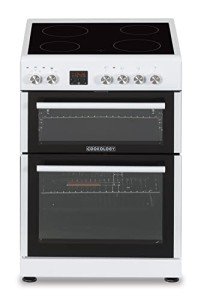
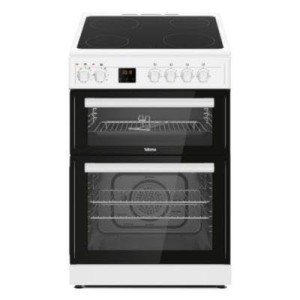
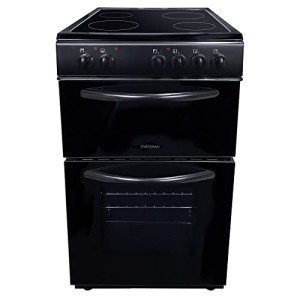
Statesman 50cm Double Oven Set
Statesman
Product Review Score
4.36 out of 5 stars
34 reviews$565.59
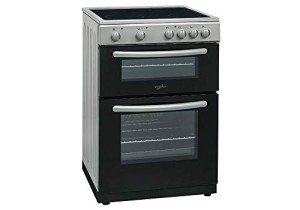
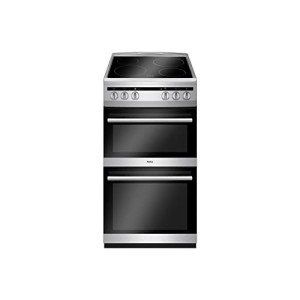
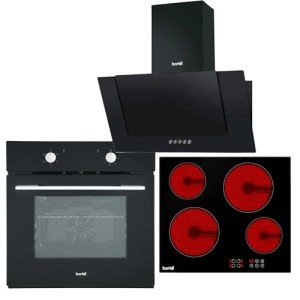
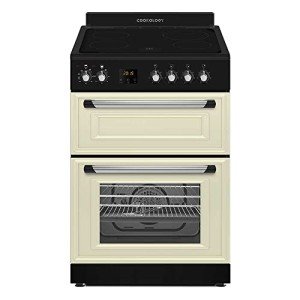
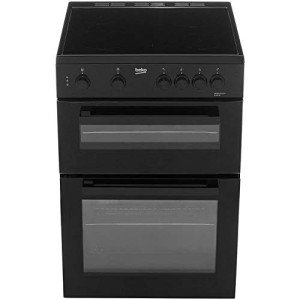
Beko Black Electric Cooker
Beko
Product Review Score
4.58 out of 5 stars
216 reviews$539.88 $472.23
When setting up or upgrading a kitchen, two of the most important appliances to consider are the oven and the hob. Among the many choices available, single ovens and ceramic hobs are extremely popular for modern households due to their efficiency, sleek designs, and adaptability to different lifestyles. Whether someone is a first-time homeowner, refurbishing a kitchen, or simply replacing old appliances, understanding these options can make a significant difference in everyday cooking experiences.
This guide explores the advantages, features, and considerations of single ovens and ceramic hobs, helping readers make an informed decision.
What is a Single Oven?
A single oven is a standard-sized built-in oven, usually measuring around 60cm in height. Unlike double ovens, a single oven provides one cooking cavity. Despite its smaller size compared to double ovens, it typically offers enough space to cook family meals and is well-suited for compact kitchens.
Advantages of Single Ovens
- Space-saving: Perfect for smaller kitchens or households with limited space.
- Flexible placement: Can be installed under the counter or at eye level.
- Cost-effective: Usually more affordable than double ovens.
- Energy-efficient: Smaller capacity means quicker preheat times and reduced energy usage.
What is a Ceramic Hob?
A ceramic hob is an electric-powered cooking surface with heating elements located beneath a smooth, heat-resistant glass surface. When turned on, the zones beneath the glass heat up and transfer heat to pots and pans placed on them.
Advantages of Ceramic Hobs
- Easy to clean: Flat surfaces can be wiped down quickly after use.
- Sleek and modern design: Adds a stylish touch to any kitchen.
- Even heat distribution: Great for consistent cooking results.
- Safety features: Many models include residual heat indicators, alerting users when the surface is still hot.
Comparison Table: Single Oven vs. Double Oven
| Feature | Single Oven | Double Oven |
|---|---|---|
| Size | Typically 60cm high | Around 90cm high |
| Cooking Capacity | 1 cavity | 2 independent cavities |
| Price Range | Generally more affordable | Higher cost due to extra functionality |
| Energy Efficiency | More efficient for smaller meals | Can waste energy when only one oven is used |
| Ideal For | Small/medium households, small kitchens | Larger households, frequent entertainers |
Comparison Table: Ceramic Hob vs. Induction Hob
| Feature | Ceramic Hob | Induction Hob |
|---|---|---|
| Technology | Electric heating elements under glass | Electromagnetic technology heats pans directly |
| Heat Control | Slower response to heat adjustments | Very precise, instant response |
| Energy Efficiency | Moderate | High |
| Safety | Glass stays hot after use | Surface remains cool to touch (only pan heats) |
| Compatible Cookware | All flat-bottomed pans | Requires magnetic (induction-compatible) cookware |
| Cost | Usually affordable | More expensive |
Practical Considerations When Choosing
When selecting a single oven and ceramic hob combination, a few key factors should be evaluated:
1. Kitchen Layout and Space
- A single oven works well in apartments or compact kitchens.
- A ceramic hob can be installed into most standard worktops, offering versatility.
2. Cooking Style
- For those who enjoy baking, roasting, and grilling, a single oven provides plenty of options.
- A ceramic hob is suitable for standard cooking needs but may lack the precision demanded by professional chefs.
3. Budget
- Single ovens and ceramic hobs are both cost-effective, making them an excellent pairing for budget-conscious households.
4. Ease of Cleaning
- Ceramic hobs are much easier to wipe down compared to traditional electric coil hobs.
- Modern single ovens often feature self-cleaning or steam-cleaning functions.
Benefits of Pairing a Single Oven with a Ceramic Hob
Choosing both together can create a balanced and stylish kitchen setup:
- Design Continuity: Both appliances usually have sleek, modern looks that blend seamlessly.
- Space Efficiency: A perfect solution for smaller kitchens without compromising on functionality.
- Cost Control: More economical compared to purchasing a double oven and induction hob combination.
- Everyday Suitability: Ideal for households that don’t require large cooking spaces but still want reliable and efficient appliances.
Top Features to Look for
When shopping for a single oven and ceramic hob, it’s wise to look for these standout features:
Single Oven Features
- Fan-assisted cooking: Ensures even heat distribution.
- Multiple cooking functions: Grill, bake, and roast modes.
- Programmable timers: Convenient for busy households.
- Self-cleaning technology: Pyrolytic or steam-cleaning options.
Ceramic Hob Features
- Residual heat indicators: Alerts users when the hob is still hot.
- Touch controls: Sleek, modern, and easy to use.
- Multiple cooking zones: Different sizes for various pans.
- Quick heat-up times: Faster compared to older electric hob models.
Pros and Cons at a Glance
Single Oven
✅ Compact and space-saving
✅ Affordable
✅ Flexible installation
❌ Single cavity limits multitasking
Ceramic Hob
✅ Easy to clean
✅ Stylish and modern
✅ Even heating
❌ Slower heat response compared to induction
❌ Surface remains hot after use
Frequently Asked Questions (FAQ)
Q1: Is a single oven big enough for a family of four?
Yes, most single ovens have a capacity of 60-70 liters, which is generally sufficient for cooking meals for an average family.
Q2: Do ceramic hobs scratch easily?
While ceramic glass is durable, it can scratch if abrasive cleaning materials are used or if heavy cookware is dragged across the surface. Using cookware with smooth bases helps prevent damage.
Q3: Can a ceramic hob be fitted above a single oven?
Yes, many kitchens are designed this way. However, it’s important to ensure proper ventilation space is maintained between the two appliances.
Q4: Are ceramic hobs expensive to run?
They are less efficient than induction hobs, but still reasonable in terms of running costs. Since they only heat the cooking zone, energy usage is moderate compared to gas.
Q5: Do single ovens come with grills?
Most modern single ovens include a built-in grill function, offering additional cooking versatility.
Final Thoughts
Single ovens and ceramic hobs represent a practical and stylish combination for modern kitchens. They strike the right balance between affordability, performance, and aesthetics. A single oven provides more than enough space for everyday family cooking, while a ceramic hob offers convenience, simplicity, and easy maintenance. Although they may not provide the advanced precision of larger ovens or induction hobs, they are a dependable choice for households seeking functional, cost-effective, and attractive appliances.
By considering cooking habits, budget, and available space, homeowners can select a pairing that complements their lifestyle and enhances their kitchen’s overall functionality and design.